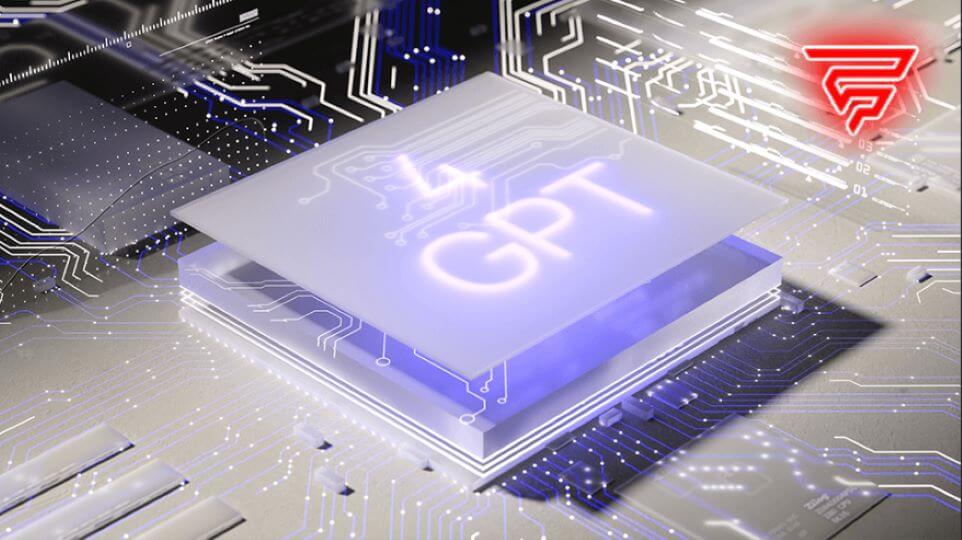Scientists in Texas have developed a GPT model that can read or interpret human thoughts. There is no invasive surgery involved. The model is called GPT-1. AIs like ChatGPT are on everyone’s lips at the moment, but systems are being developed that go even further and really sound like something out of a sci-fi movie.
Scientists are already working on their own applications of Generative Pre-trained Transformers (GPT) and LLM (Large Language Models). There is a new application, which is a GPT-based model, which does not get its prompts from human text, but directly from the mind of the user. Yes, you read that correctly: this AI can now turn your thoughts into a text.
Model can read minds
This system was developed in Austin, at the University of Texas. The GPT model interprets a person’s brain activity via blood flow as represented in a functional magnetic resonance imaging, thereby gaining access to what the user “hears, says or imagines”. And that without invasive interventions. There was a clear possibility of naming the new model BrainGPT, but the “brain reading model” is called GPT-1 instead.
The researchers point out that because of the magnetic resonance imaging technique used, GPT-1 is unable to analyze specific words that a subject might think of; and since the model operates at a higher level of abstraction (it extrapolates meaning from brain activity rather than looking for meaning itself), some detail is lost in translation.
For example, one research participant listened to a recording that read, “I don’t have a driver’s license yet.” When processing the magnetic resonance imaging data generated from the moment the participant heard the words, GPT-1 gave the original sentence meaning “She hasn’t even started learning to drive.” again. So it doesn’t write our thoughts verbatim, but it understands their general meaning from the thought thoughts.
Pros and cons of the GPT-1
So GPT-1 is a real shocker that has a lot of advantages and disadvantages. In itself, this technology is not malicious. For example, GPT-1 could help ALS or aphasia patients communicate. Such technologies could help to “record” thoughts, opening up new avenues of self-knowledge and perhaps even new avenues of psychotherapy.
But of course, as always, technology can also be misused, for example when it comes to reading the mind of someone who doesn’t want to share a secret.
Is it the end of our own quiet thoughts?
The researchers themselves have pointed out possible abuses and negative effects of the technology in their study – something that is much less common in both academic and private research than it should be. “Our privacy analysis suggests that subject collaboration is currently required for both training and decoder application,” it said.
“However, future developments could allow decoders to circumvent these requirements. Even if the decoder’s predictions are inaccurate without the cooperation of the test subject, they could be intentionally misinterpreted for malicious purposes. For these and other unforeseen reasons, raising awareness of the risks of brain decoding technology and taking steps to protect each individual’s intellectual privacy is vitally important.”







